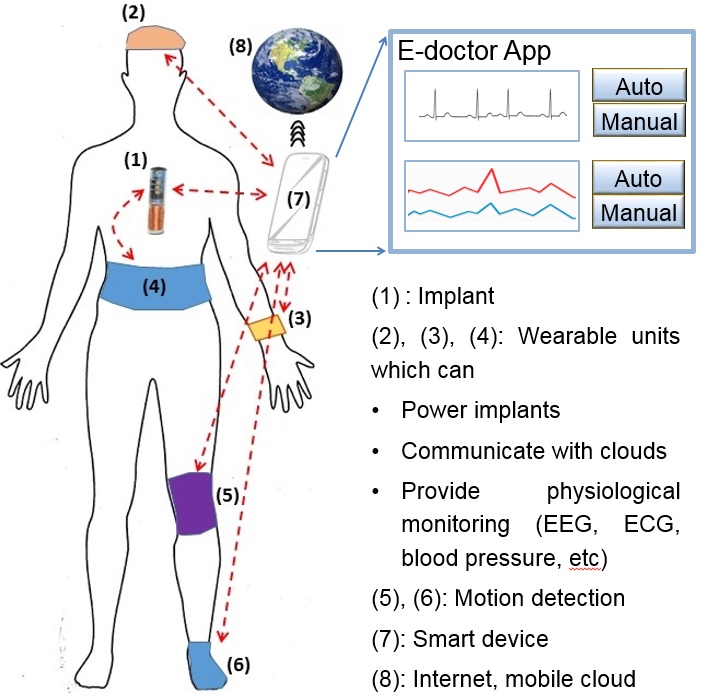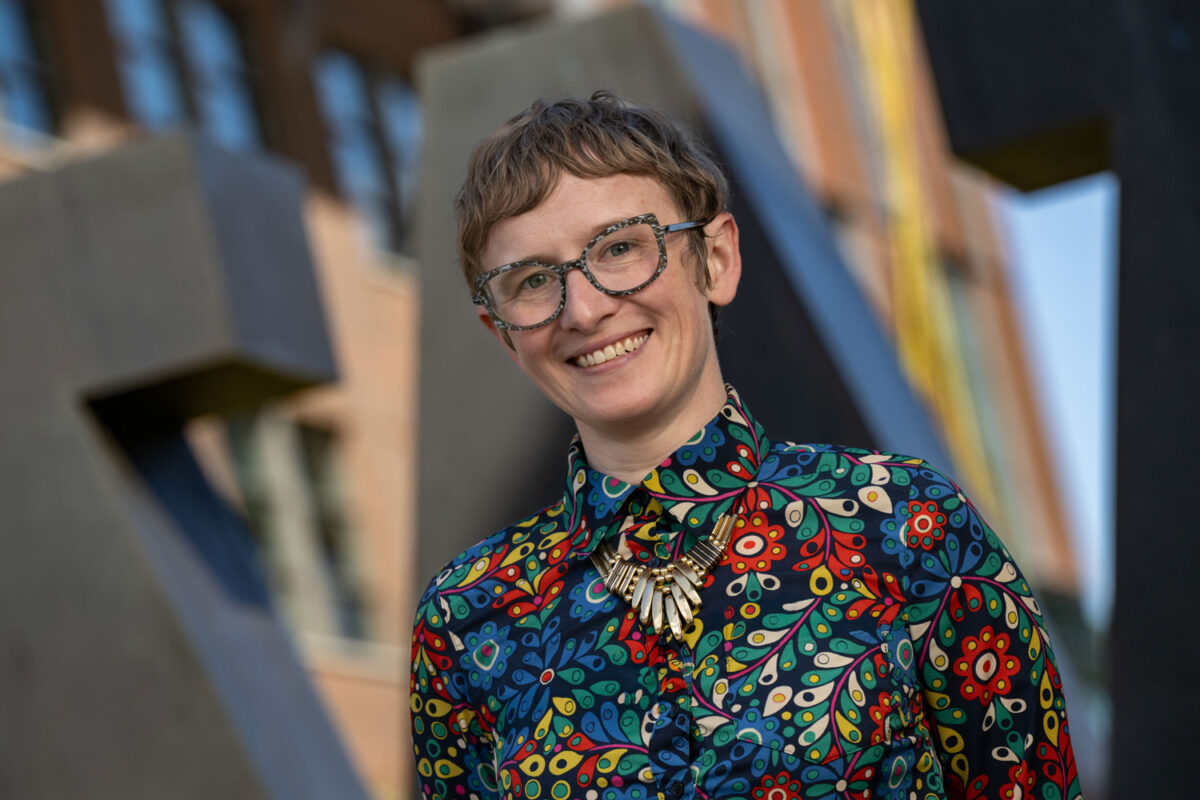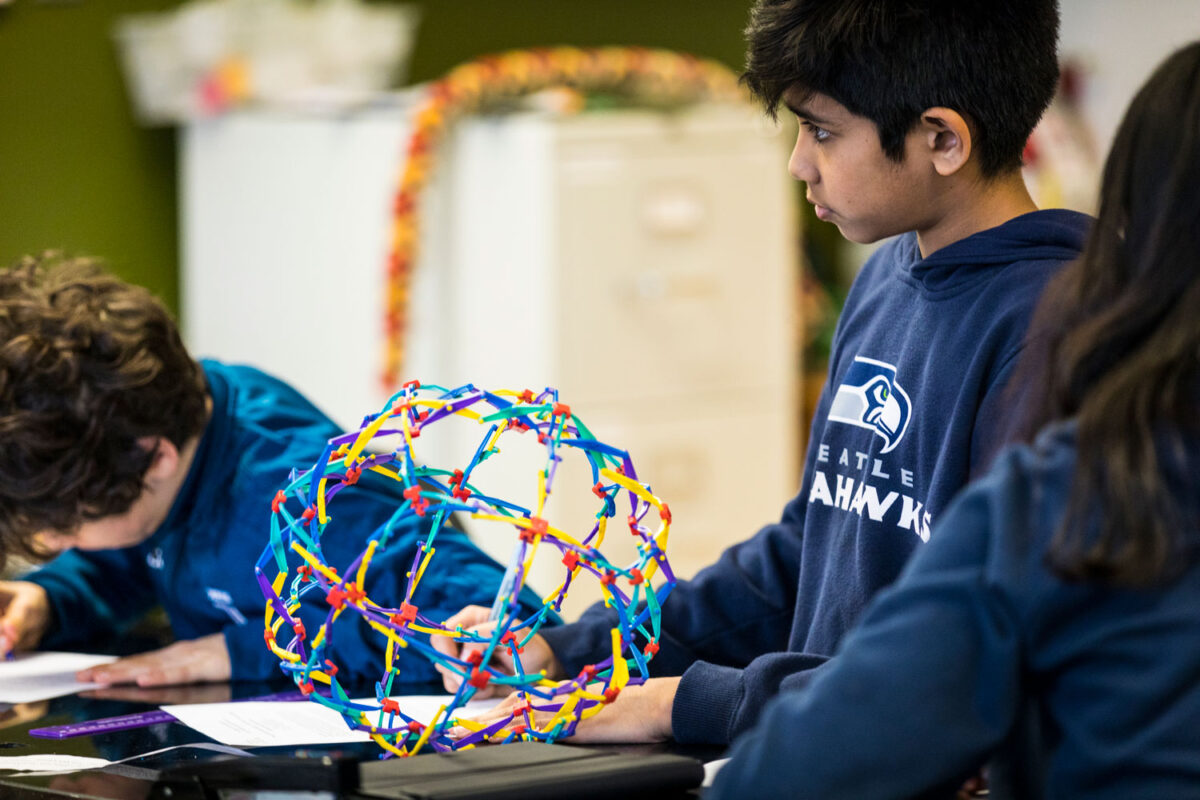By Douglas Esser
Hung Cao has received a prestigious Faculty Early Career Development Program (CAREER) grant from the National Science Foundation. He hopes the $549,000 is just the beginning.

(Marc Studer photo)
Cao could use more support as he pushes the bounds of science. This five-year award will allow him to establish a competitive engineering team, which could attract more funding for long-term projects for his research group. It's developing tiny electronics to monitor the hearts of zebrafish. Why zebrafish? Their hearts can regenerate after a 20 percent loss. Human hearts can’t. What if the genes that regenerate damaged heart tissue could be activated in people who suffer heart attacks?
“The research I want is high-impact exploring science,” Cao says.
The School of Science, Technology, Engineering & Mathematics assistant professor is UW Bothell’s fourth NSF CAREER Award winner. Add his name to the list of Kristina Hillesland, Hazeline Asuncion and Gwen Ottinger, says Carolyn Brennan, assistant vice chancellor for research.

Trained in electrical engineering, Cao is interested in biomedical devices using tiny electronics for monitoring and diagnostics. One of his current students, Manuja Sharma, is developing a blood pressure measuring patch that would be more accurate than the standard cuff that inflates on the upper arm. Hung says having the “clean room” in Discovery Hall to manufacture Micro-ElectroMechanical Systems (MEMS) devices is crucial.
Cao’s zebrafish are located at a University of Washington School of Medicine research facility in the South Lake Union neighborhood of Seattle. The zebrafish (Danio rerio) is a popular aquarium fish that’s widely used in scientific research. It was one of the first vertebrates to be cloned and to have its genome sequenced.
Cao calls the device he’s developing a “jacket” that the fish wears so it can be monitored as it swims around. It will take one or two years to develop. Then it can be deployed for biological investigations.
“We hope at the end of five years we would get some sort of device that fish can wear for long term, so we can measure heart regeneration over time,” Cao says. “As of now, existing technology can’t do that.”
If you can put a heart monitor on a fish the size of the tip of your pinky finger, putting a wireless device on a human to monitor the heart (ECG) or brain (EEG) would be very feasible, Cao says. Research on such micro-devices has been done at Cal Tech and UCLA, but “at this point, I would say our lab is the only one in the world trying to do this.”

Developing the tools is just a means to his goal of studying how a fish heart can regenerate, but a mammal heart cannot. Cao views his work at UW Bothell as a way to advance research and to introduce students to innovations in medical devices and biology.
“We can help the student. We can shape their future. We can foster them to pursue a career in biomedical engineering,” Cao says.



